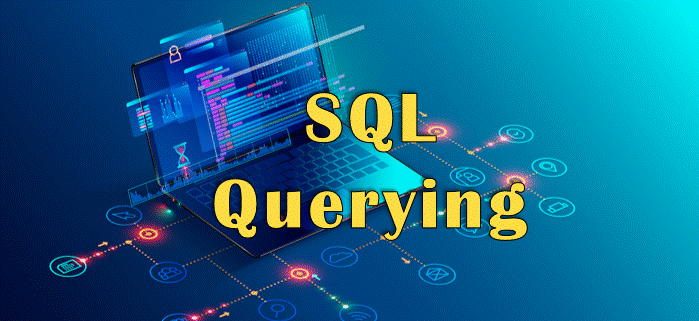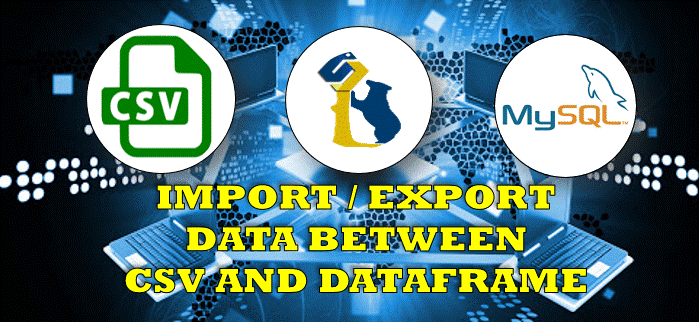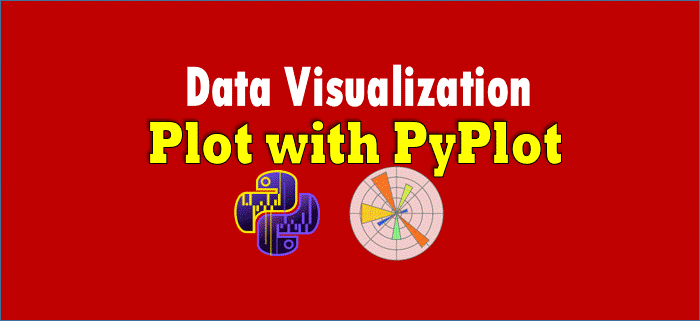PLAGIARISM
In English dictionary Plagiarism means the practice of taking someone else’s work or ideas and passing them off as one’s own. Simply you can say ‘stealing / theft / copying’
Plagiarism refers to using some other person’s ideas and information without acknowledging that specific person as the source. Similar to all other forms of theft, plagiarism also has many disadvantages associated with it.
TYPES OF PLAGIARISM
- Direct Plagiarism – Copy word –for – word from others work.
- Self Plagiarism – Doing new by submitting old work with some changes only.
- Mosaic Plagiarism – Students using the other works without putting text in quotation marks.
- Accidental Plagiarism – occurs when person neglects to cite their source, or misquotes their sources, or unintentionally paraphrases a source by using similar words
WHAT COMES UNDER PLAGIARISM
- Using any one else works without giving credit.
- Using other’s working by changing the meaning of actual work.
- Giving credit to wrong person or wrong source.
- Failing in acknowledge the contribution of others in group work or activity.
HOW TO SAVE FROM PLAGIARISM
- Always give credits to other work when you are using other’s idea, theory, opinion, written words, quotation etc.
- Try to use your own works. Use your own words while doing any work.
- Always write the reference name when you are using contents of others.
IS PLAGIARISM OFFENCE?
- Yes, It is offence if you are not giving credit to actual owner’s of work and you are not taken permission before using.
- A criminal charge or civil suit may be filled by actual owners.
Licensing Copyright
COPYRIGHT
- Copyright is the exclusive right given to the creator of a creative work to reproduce the work, usually for a limited time.
- Copyright is the right to copy. This means that the original creators and authorized person have only exclusive right to reproduce the work.
- Copyright does not protect every intellectual property, such as logos, slogans, brand names, industrial processes, machines, and chemical positions.
Some other Forms of Protection for Intellectual Property
- Trademarks and
- Patents
Trademark laws protect material that is used to distinguish an individual’s or corporation’s work from another entity. These materials include words, phrases, or symbols (logos, slogans, and brand).
Patents cover inventions for a limited period of time. Patented materials include products such as industrial processes, machines, and chemical positions
LICENSING / SOFTWARE LICENSING
A software license is a document that provides legally binding guidelines for the use and distribution of software.
Software licenses provide end users with the rights
- To use the Software.
- May or may not create copies of the software
- May or may not distribute the software.
- May or may not change the software for any commercial or personal use.
Software licenses typically are either proprietary, free or open source
TYPES OF LICENSING
There are four types of Software licenses-
- Proprietary License
- Free Software License
- Open Source Software License
- Free and Open Source Software (FOSS) License
PROPRIETARY SOFTWARE LINCENSE
The proprietary software licenses is that the software publisher grants the use of one or more copies of software under the end-user license agreement (EULA), but ownership of those copies remains with the software publisher, that’s why it is called proprietary.
In this some rights regarding the software are reserved by the software publisher.
- Uses of the software,
- Number of installations allowed,
- Terms of distribution.
FREE SOFTWARE LINCENSE
Free software means software is freely accessible and can be freely used, changed, improved, copied and distributed.
No Payments are needed to be made for free software
According to Richard Stallman’s Free Software Foundation –
- Freedom to Run.
- Freedom to Study i.e. Freedom to access Source Code.
- Freedom to Copy and Distribute.
- Freedom to Change and Improve the program
OPEN SOURCE SOFTWARE LINCENSE
Open Source Software means software is freely accessible, can be freely used, changed, improved, copied and distributed.
But it does not have to be free of charge i.e. Its business models and services are not free.
The definition of Open Source Software is available at its official site –
http://www.opensource.org/docs/definition_plain.html
- Source Code available.
- Modification and Distribution allowed.
- Integrity of Author’s source code must be maintained.
- No Discrimination against Persons, Group, Fields of Endeavour (Enterprise, Venture, Undertaking)
- License must be technology neutral, must not be a specific to a product or program, must not restrict other software.
FREE AND OPEN SOURCE SOFTWARE LINCENSE
A software which is free as well as open belongs to category Free and Open Source Software (FOSS). It is also called FLOSS (Free Livre and Open Source Software). livre means freedom.
Different Licenses of Open Source
(a) GNU General Public License (GPL)
(b) GNU Lesser General Public License (LGPL)
(c) BSD License
(d) MIT License
(f) Apache License
TERMINOLOGY
GNU – GNU’s Not Unix. Emphasizes on Freedom. Initiated by Richard M. Stallman. Objective to create an OS similar to Unix. Now several types of software comes under this.
FSF – Free Software Foundation is non-profit organization. Founded by Richard Stallman in 1985. Objective to give support to Free Software movements.
OSI – Open Source Initiative. Founded by Bruce Perens and Eric Raymon in 1998. Objective to promote Open Source Software and define standards and terms & condition for Open Source Software.
W3C – World wide web. Responsible for producing software standards for world wide web. Created in 1994.
Freeware – Software which is available free of cost , allows copying and distribution. But modification not allowed because Source Code is not available. Distributed in binary form. Allowed to used for non-commercial purpose. Example – Internet Explorer.
Shareware – Allowed to used the software for certain period of time i.e. trial version. Copying and Distribution is allowed, but modification not allowed because source code is not available.
Proprietary Software – Freely not available, copying and distribution not allowed. Modification not allowed and Source code is not available. Need to purchase license to use this software.
Copylefted Software – is a free software, but does not allow to additional requirements and making source code available. No one can use it as Proprietary software.
By Anjeev Kr Singh – Computer Science Educator
Published on : February 5, 2021 | Updated on : March 10, 2022










